This page describes the data recovery process. To learn more about common faults please click the following link: HARD DRIVE KNOWN FAULTS
Data recovery is required when users lose their data(files from any type: pictures, word documents, excel sheets etc.) Data loss can happen logically, physically or a combination of both.
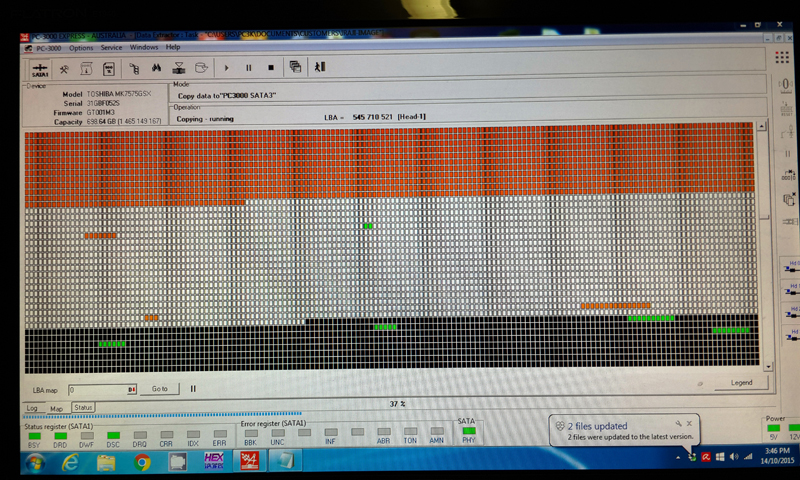
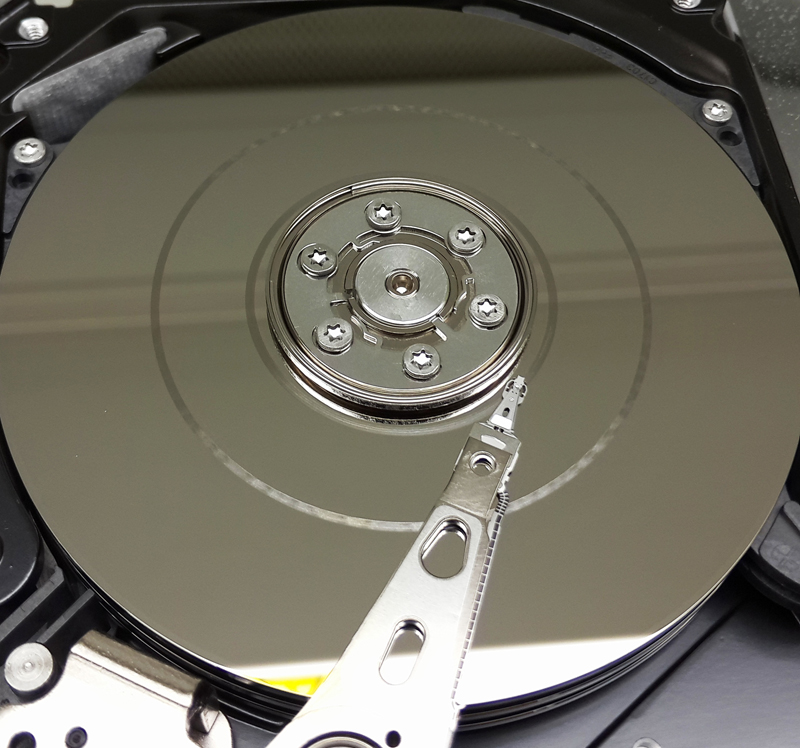
Physical Data Recovery (Model By DeepSpar)
Phase 1: Drive Restoration
This phase handle unresponsive drives, and drives that appears to be functional and can be imaged, but produce useless data. The solution is to diagnose the drive for damage and make repairs as necessary. At this stage we use specialize data recovery toolset for drive restoration which can identify damage using diagnostics, reporting, and specialized utilities. If the drive has damage, it should be fixed before we continue.
Main Damage Types:
Physical/mechanical: Failed heads, failed motor and other physical problems are often repaired by replacing the damaged hardware with a donor part. Donor parts need to be searched all over the globe quite often in order to find the exact match as required.
Electronic problems: Failed printed circuit boards (PCBs) are replaced with donor PCBs, and the contents of failed PCB read-only memory are copied to the donor and re-calibrated to work with a new PCB using specialized tools. Donor parts need to be searched all over the globe quite often in order to find the exact match as required.
Firmware corruption: Firmware failures are diagnosed and fixed at the drive level using specialized firmware tools.
A repaired drive should be diagnosed again, in case the repairs uncover further problems that couldn’t be identified before.
This phase is complete when a drive is functional and able to communicate with a computer’s basic input/output system (BIOS).
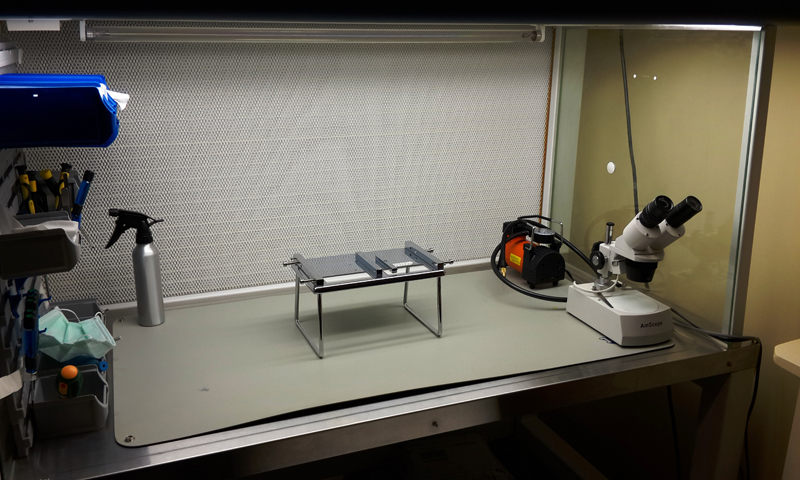

Phase 2: Disk Imaging
Handle drives that have read instability problems or are in danger of failure. In this stage we use specialized hardware imagers rather than traditional disk imaging methods, because it uses lighter, faster operations to minimize disk degradation, even when reading bad sectors. In this phase, the contents of the repaired drive are read and copied to another disk using the hardware Disk Imagers. Disk imaging prevents further data loss caused by working with an unstable drive during the subsequent data retrieval phase.
Hardware Disk Imagers can also work with slightly degraded drives, so part replacement is often not required. In these cases, the data
recovery process can skip drive restoration and start with disk imaging.
In good cases where there aren’t many bad sectors the image can take fromhours to days depending on the disk capacity and amount of bad sectors.
In bad cases where there is a lot of damage to platters which creates many bad sectors or in a case where heads were replaced and are unstable, the imaging process can take days to weeks depending on the disk capacity and amount of bad sectors.
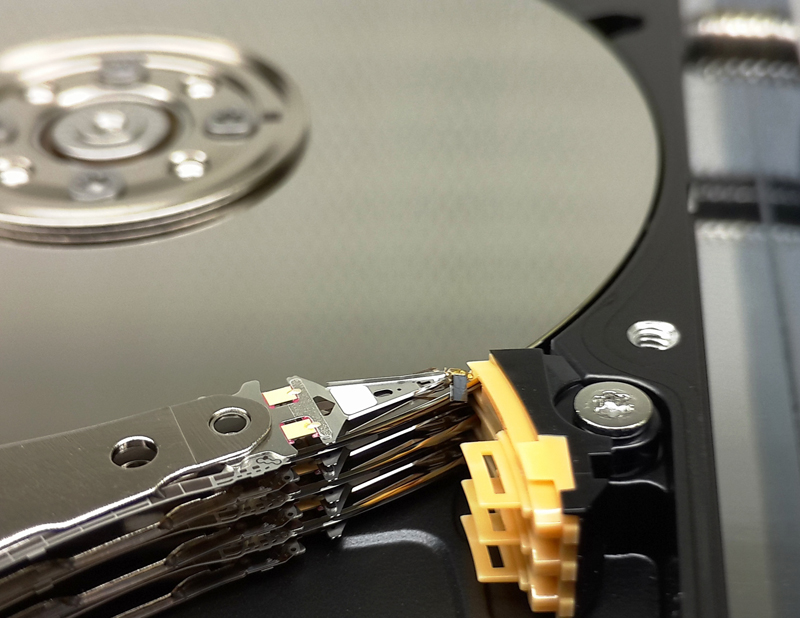
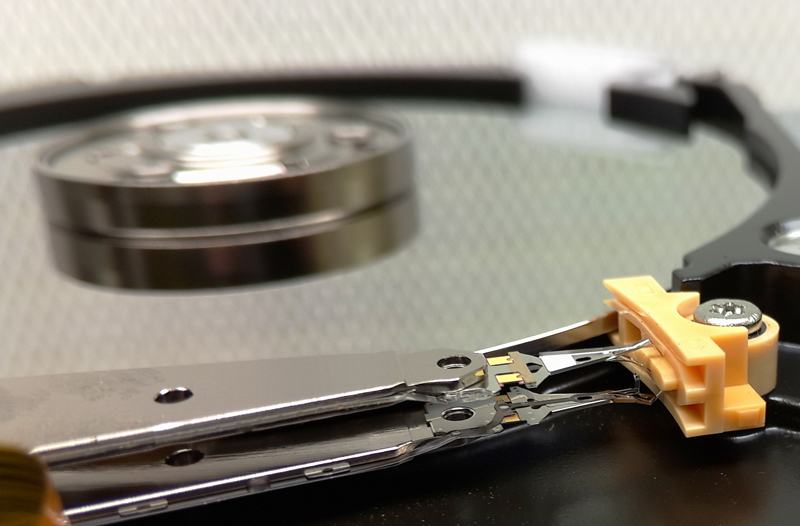
Phase 3: Data Retrieval
In this phase, original files that were copied to the image drive are retrieved using specialized hardware and software Data Extractors .
Data retrieval can involve the following tasks:
File System Recovery: Corrupted file system structures such as corrupted directories or boot sectors are rebuilt.
File Verification: Recovered files are tested for potential corruption.
File repair: If necessary, corrupted files are repaired if data could not be fully restored in previous phases, or if corruption has occurred because of partial restoration, disk imaging is repeated to retrieve more sectors. Once the data is repaired and accessible, wen supply the client a new drive and data, or transfer the requested files to another system.
These recovery phases work systematically from drive to disk to data, taking advantage of all possibilities for extracting usable files.
Logical Data Loss
Logical data loss can happen as a result of:
- Virus/Spyware attack which causes deletion of data.
- Data was deleted by mistake or intentionally by users.
- hard drive was formatted by mistake or intentionally by users.
Data retrieval can involve the following tasks:
File System Recovery: Corrupted file system structures such as corrupted directories or boot sectors are scan and rebuilt using specialized hardware and software.
File Curving Recovery: we scan and rebuilt files from the drive raw magnetic data if file system is completely corrupted
using specialized hardware and software.
File Verification: Recovered files are tested for potential corruption.
File repair: If necessary, corrupted files are repaired if data could not be fully restored in previous phases, or if corruption has occurred because of partial restoration, disk imaging is repeated to retrieve more sectors. Once the data is repaired and accessible, wen supply the client a new drive and data, or transfer the requested files to another system.
Professional data recovery always starts with diagnosis of the drive and repair if necessary, progresses to disk imaging, and then (and only then) does the actual retrieval of data begin.
We provide Data Recovery & Forensic Services Australia Wide to:
Queensland, New South Wales, Victoria, South Australia, Northern Territory, Western Australia, Gold Coast, Tweed Heads, Byron Bay, Lismore, Ballina, Brisbane, Casino, Kyogle, Sydney, Melbourne, Perth, Murwillumbah, Adelaide, Canberra, Newcastle, Central Coast, Wollongong, Sunshine Coast,Hobart, Townsville, Geelong, Cairns, Darwin, Toowoomba, Ballarat, Bendigo, Albury, Launceston, Mandurah, Rockingham, Mackay, Maitland, Bunbury, Rockhampton, Bundaberg, Wagga Wagga, Hervey Bay, Coffs Harbour,Port Macquarie, Shepparton, Melton, Tamworth, Orange, Dubbo, Mildura, Sunbury, Gladstone, Geraldton, Bathurst, Kalgoorlie, Warrnambool, Nowra, Albany, Richmond, Mount Gambier and more.
